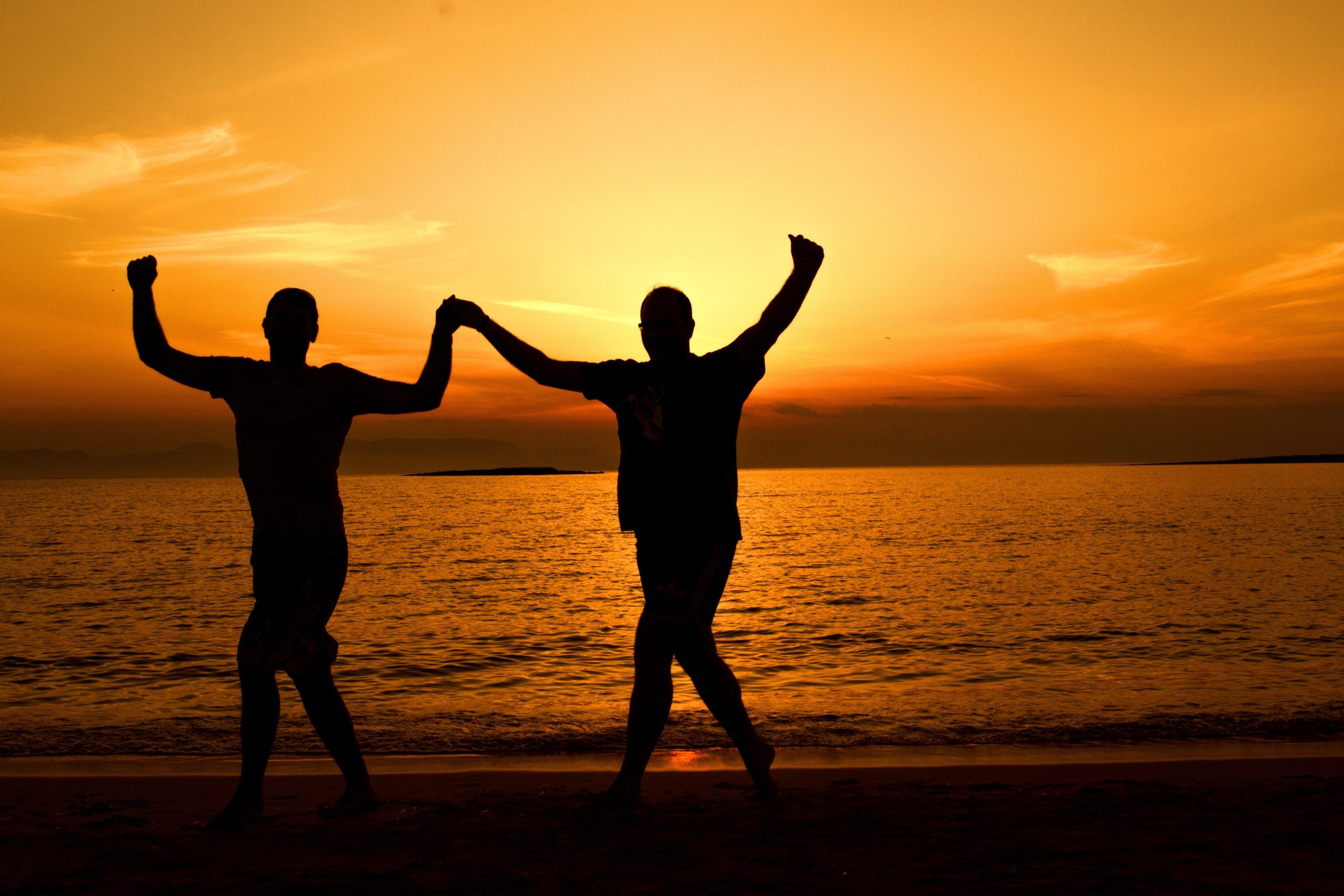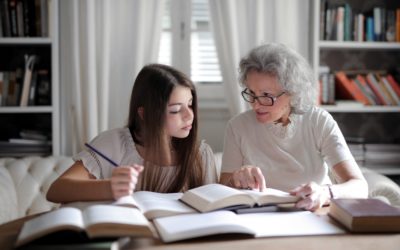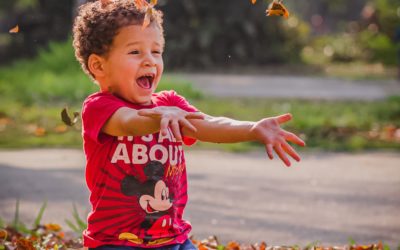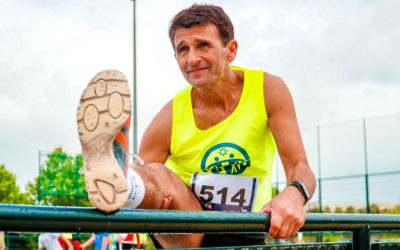Thomas Carlyle famously said, “No pressure, no diamonds.”
Diamonds don’t form without pressure, and the analogy can be stretched to putting pressure on your brain through ‘thinking’ can also keep it sparkly and strong. Okay – maybe it is a silly analogy but the idea is sound – cognitive exercise is important to retain brain strength.
Just like stressing your muscles by a workout makes them stronger, so too does putting pressure on your brain.
Research demonstrates that physical exercise has a positive effect on the brain. But research is now showing that you can also add cognitive exercise to some of your physical exercise to get a bigger effect on your brain than from exercise alone.
Dance Your Way to Better Brain Health
A German study identified dancing as having a significant positive effect on age-related decline in both mental and physical activities.
We know that the brain shrinks as we age. And lower brain size is related to memory problems and diseases like Alzheimer’s or other forms of dementia.
We also know that physical activity has a positive impact on brain health, particularly improving hippocampal volume. This study compared aerobic physical activity – walking and biking – with dancing and looked at the effect on the hippocampus.

Why the Hippocampus
The brain’s hippocampus is responsible for memory, learning and balance. As we age, our hippocampus will shrink. That process accelerates in very old age. Diseases like Alzheimer’s affect the hippocampus even more. This is one reason our memory, balance, and ability to learn new material are affected as we age.
The hippocampus is also a part of the brain that has demonstrated the ability to create new brain cells. Increase the size of your hippocampus and counteract normal age-related shrinkage.
While aerobic exercise has been shown to increase the size of the hippocampus, this German study was interested in examining different kinds of aerobic exercise to see what type of exercise was optimal.
The Dance Challenge
The study examined individuals over 18 months. One group was in a dance training program, the other group was in a cycling and Nordic pole walking program.
The dance program required the participants to learn new dance steps every two weeks. So, there was a continuous learning aspect to the program. Dance classes involved new choreography which the participants had to memorize. The dance choreography challenged the balance system. It included single-leg stances, skips and hops, steps used in the mambo, cha-cha, grapevine, and other jazz steps. The participants performed the dance moves without following an instructor. They had to remember the dance!
The other group did not have a continuous learning aspect to their fitness-training program. They did endurance training on the bicycle for 6 months and then did Nordic walking for 12 months. They also engaged in strength training and flexibility training.
The Dance Difference
The study used MRI and other measurement tools to determine the volume change in the hippocampus. All participants were healthy seniors between the ages of 65 and 80. There were no group differences at the beginning of the study.
While the hippocampus did increase in volume in both groups, the dance group saw significant increases in right hippocampal volume.
The dance program, which combined physical activity with a mentally challenging task, remembering the dance steps, had a significant impact on the hippocampus.
Study Conclusions
This study is further evidence that life-style factors can significantly impact the aging brain. The social aspect of the group activities was important as was the combination of physical and cognitive activities.
So think about adding a group physical activity to your exercise routine. A physical activity like dancing, Zumba classes, or my favourite, synchronized swimming combine both physical exercise with a cognitive component and will have a maximum impact on your brain’s hippocampus.
This is good news for the aging brain.





I use a walker. I do walk and use an exercise bike every day. Am 90 and I do crossword puzzles and attend Fit Mind classes. It all seems to be working.Betty B
Hi Betty, It sounds like you are doing great. Keep it up! Nicole
This blog is great check it out